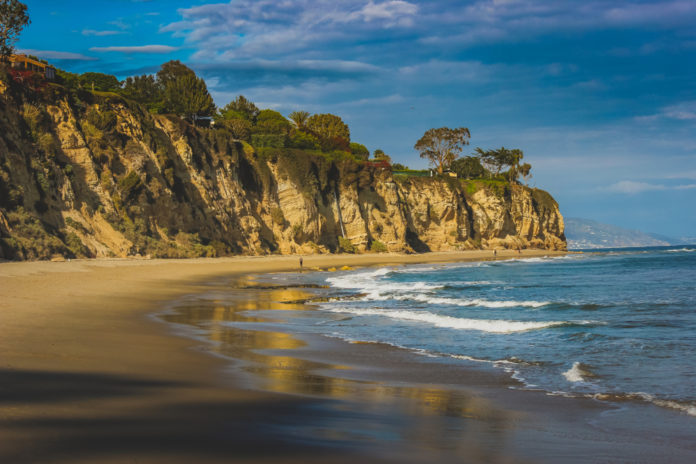The tragic cliff collapse at Grandview Beach in Encinitas last weekend that left 3 dead people two more injured has left many Southern California coastal cities wondering if it will happen to them. The incident in question occurred Friday at Grandview Beach in Encinitas, California, when a 35 by 20 piece of rock dislodged from the surrounding bluff falling 15 feet onto the beach below.
In the wake of this tragedy, many of Southern California’s coastal cities are concerned that their local bluffs could have a similar fate. Many of these cities have beaches with similar features, as well as many houses, roads, and trails being built upon them because of their breathtaking unimpeded oceanic views. However, due to erosion from the ocean and other weather, many of these locations are prone to collapsing or sliding.
Coastal Division Chief for California State Parks, Brian Ketterer, lays out the blunt truth that, “any of our bluffs have the ability to fail, and people just need to be aware of that.” Unfortunately this a rude wake up call for those who have spent a lot of money building on similar bluffs, and that they have to constantly be prepared for the land underneath them to just slide out from under them.
This isn’t the first time in recent history. Just about six months ago a similar incident happened in Malibu along the Pacific Coast Highway that led to the road being covered in rock, closing the highway for twelve hours. Last fall Del Mar had sections of cliffs fall off three times within a few weeks of each other. Basically, as Adam Young from SCRIPPS says, “most unprotected coastal cliffs are actively eroding and should be considered hazardous.”
As for what can be done to help ease the severity of similar collapses, officials have been working on easing areas more prone to collapse including Santa Monica, Ventura and Laguna Beach. One way this can be done is trying to maintain a wide beach. Since many of these collapses are caused by waves hitting the base, making the cliffs top-heavy and unstable, but maintaining a wider beach allows these cliffs to not take as much direct damage.
Another way officials are able to detect which cliffs are at risk are by tracking falling sediments; at least once a month they find a coffee sized can piece of sediment on the beach.











